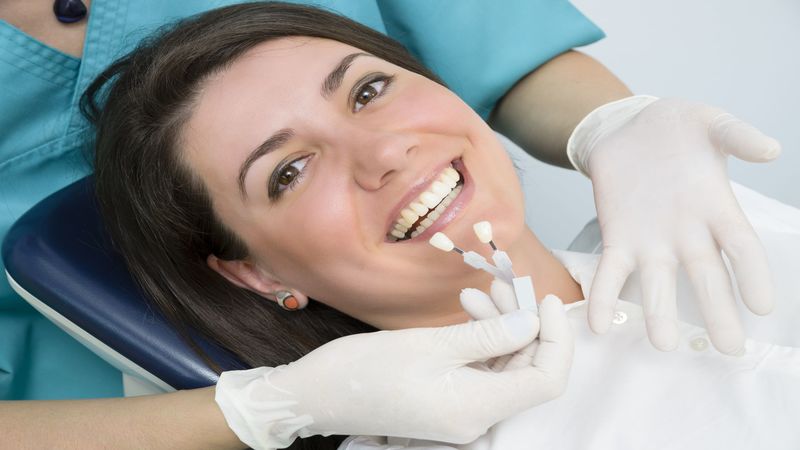Wisdom Tooth Extractions in Effingham IL are relatively common procedures. These molars come in later than any of the other teeth, and many mouths simply don’t have enough room for them. The teeth often are angled or even nearly sideways before they start to move toward the gum surface, which can be seen on dental X-rays. Dentists want to remove those impacted teeth before they start pushing other teeth out of alignment.
The dentist will probably place sutures to close the wounds after the extraction. The sutures will be removed by the dentist after a week or so, but they may come loose before that. This shouldn’t be a problem as long as the patient treats the area gently.
Patients naturally want to know strategies for quick healing after wisdom Tooth Extraction Vancouver. Those teeth are large and leave significant wounds behind. It’s crucial for the blood clot to stay in place or the socket be exposed to air and dry out, creating a very painful condition. That means there should be no suction in the mouth during the healing process, which prohibits using a straw, sucking on an ice pop or smoking a cigarette.
The dentist may prescribe a short course of prescription pain medication that the patient can take as needed. Antibiotics also may be advisable to prevent infection. The patient should be gentle about brushing teeth at the back of the mouth. Patients are typically sent home with a device to help them rinse the wound areas. Within a day or two, the patient can begin using a saltwater rinse, which promotes healing. It takes time for new gum tissue to gradually grow and fill in this area.
Vigorous exercise should be avoided for the first week, as that can dislodge the blood clots. The patient probably won’t feel like it for the first couple of days anyway. At the follow-up appointment to have sutures removed, a dentist at a facility such as The Center for Jaw and Facial Surgery will give the patient any further instructions. Click Here for more information on this particular dental clinic.


